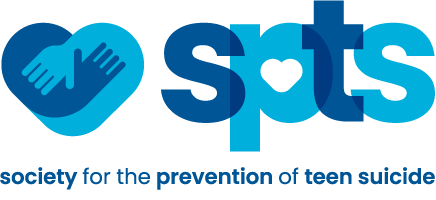“I am an elementary school teacher who is required to take training in youth suicide prevention. Isn’t this a bit of an overreaction considering how rare suicide is with kids this age?”
This teacher is right; deaths by suicide are infrequent under the age of 10. And many educators already feel overburdened with specified training topics that crowd their in-service training days. Yet suicide is one of the top three causes of death in youth, following accidents and homicides. And most teachers would agree – they are better prepared to respond to a fire in their school than to a student who might be at-risk for suicide. So let’s see if we can answer the question: is suicide awareness in elementary schools sense or nonsense?
While the number of deaths by suicide in younger children is statistically small, the number of attempts in students ages 10 to 14 (your 4th to 8th grade students) has increased dramatically over the last few years, especially for girls. And even if they haven’t made an attempt, there are other kids in your class who are thinking about suicide. These kids aren’t concentrating on math or social studies or language arts – they’re lost in thoughts that life doesn’t currently seem worth living. Even if their number is small, there are at-risk students in elementary school classrooms all over the country.
We also know that suicide personally touches the lives of these younger children through deaths or attempts by family members, people in their communities, or stories they see online. So suicide, for many of our youth, is not a secret. Yet like cancer was stigmatized years ago as the “C” word, suicide carries a similar stigma today. And, as we learned from the fight against cancer, being able to talk about it openly and honestly without fear or shame has been an important element in people both getting treatment earlier and having more support during the treatment process.
One way to begin to destigmatize suicide is to learn about it – to understand it in a broader context than as simply self-inflicted fatal injury. If we conceptualize suicide, instead, as an attempt to solve a problem of intense emotional pain with impaired skills, we can begin to get our minds around a more productive way to have a conversation about it with any aged student. For example, rather than trying to talk about death and wanting to die – which are complicated , abstract topics even for adults – to frame suicide as a poor solution to a life problem can make it easier to grasp intellectually. Check out educator handouts on the www.sptsusa.org website for additional information that can help expand your understanding of the dynamics of suicide. You will also find a link there to an online teacher training that provides examples of how to identify students who might be at risk and how to approach them about your concerns. These resources will also emphasize that although you as an educator have a critical role to play in the suicide prevention process, it is a limited one. Your job is not to become a mental health counselor but to simply educate yourself about suicide, learn how to identify potentially at-risk students and to then refer them to designated staff within your school. Simply put, whatever grade you teach, your responsibility is to open the door to the help-seeking process – someone else takes over from there.
On the positive side, we also know from evolving research findings that we can teach skills to elementary school children that can better protect them from the risk of suicide and other self-destructive behaviors as they become adolescents. Problem-solving skills, the capacity to control feelings, and the ability to turn to trusted adults for help are critical skills that can never be taught too early. While specific suicide prevention curriculum for students is not usually introduced until middle school, enhancing resilience is an important prevention tool that can never begin too soon in the educational process.

